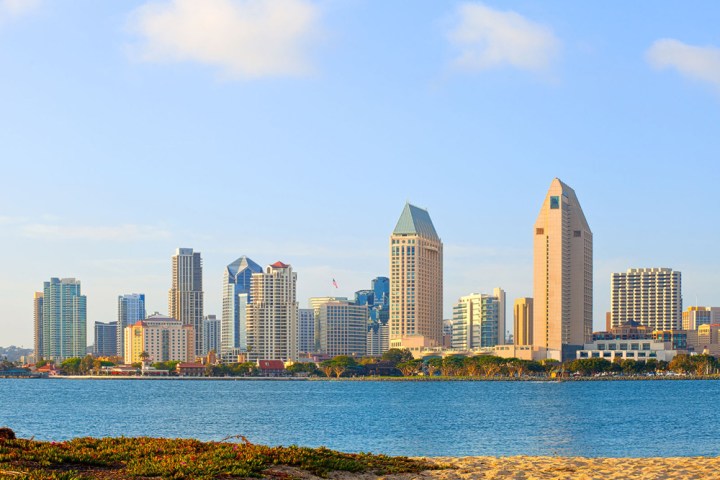
According to the Climate Action Plan, not only will the city rely completely on renewable energy but it also hopes to cut greenhouse gas emissions by a staggering 50 percent by 2035. Ambitious? Absolutely, though what’s perhaps most impressive about the proposed scheme is that it was achieved with bipartisan support — that is, Kevin Faulconer, San Diego’s Republican mayor, endorsed the CAP, which was approved by a Democrat-heavy city council. Perhaps D.C. should take notes.
To pull off this particularly formidable task, the city plans to keep leaning on its growing solar market. Already the silver medal winner in terms of solar power use in the country, according to environmental groups, San Diego also intends to expand its reliance on wind energy to accomplish its lofty renewable goals. Additionally, the CAP calls for an increase in the city’s urban tree canopy to 35 percent by 2035, something which was included in the plan because of a tree’s propensity to offset fossil fuel emissions by storing (or sequestering) carbon.

“San Diego is a leader in innovation and sustainability,” the Climate Action Plan reads. “By striking a sensible balance between protecting our environment and growing our economy, San Diego can support clean technology, renewable energy, and economic growth.”
In addition to focusing on solar, wind, and tree canopy expansion, San Diego will also look to updating its transportation strategies. While this certainly covers an array of variables, the city will pinpoint its efforts on reducing vehicle miles traveled, improvements in mobility, and upgrading fuel efficiency in vehicles. To do this, it plans on urging its citizens to pursue alternative modes of transportation while also concentrating revising and managing its parking standards.
“This Climate Action Plan sets forth common-sense strategies to achieve attainable greenhouse gas reduction targets,” Faulconer wrote. “Apart from reducing greenhouse gases, this plan will: … enhance quality of life by supporting active transportation, planting trees and reducing landfill waste; and save taxpayers’ money by decreasing municipal water, waste and energy usage in city-owned buildings.”

While a determined, yet challenging, task lay ahead for the city of San Diego, there should be little doubt about its ability to pull it off. On one hand, the fact its solar installations have grown by a staggering 76 percent over the past two years certainly bode well for its continued drive in the sector. However, the fact the Climate Action Plan legally binds San Diego to decrease its greenhouse gas emissions is arguably the initiative’s best resource for success.
Though successful completion of the CAP will take San Diego decades to accomplish, merely starting down the path to 100 percent renewable energy allows it to join the ranks of cities like Palo Alto and San Francisco, California; and Ithaca, New York, among others.


